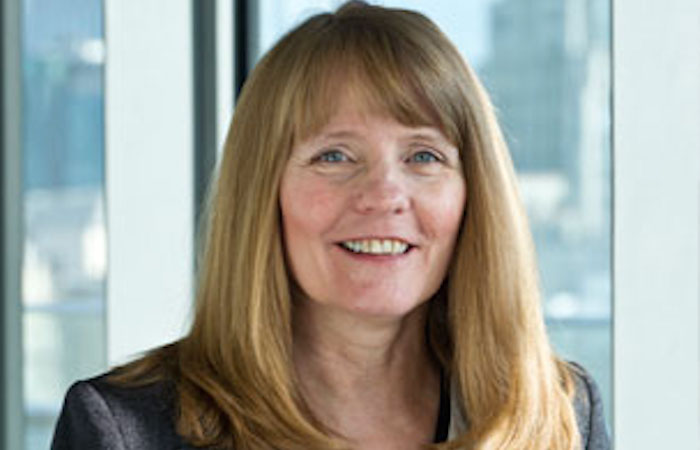 It is important to start with acknowledging that pay inequality is rarely due to women and men in the same role being paid differently. A huge amount is due to the dominance of men in more senior (and higher-paid) positions.
It is important to start with acknowledging that pay inequality is rarely due to women and men in the same role being paid differently. A huge amount is due to the dominance of men in more senior (and higher-paid) positions.
Other causes include women being more likely to work part time and workforce split, and women dominating professions such as administration, cleaning, caring and catering, with men dominating professions such as construction, engineering or skilled trades.
This does not mean that organisations can breathe a sigh of relief; organisational cultures are often tilted to benefit existing male leadership, creating barriers for women wanting to increase their pay. In promotions, bonuses and performance reviews, women are overwhelmingly likely to receive less than male colleagues. This usually stems from unconscious biases, which lead the existing male management to place greater value on the work done by the male colleagues that they have affinity with. The result? The gender pay gap will always increase as one moves up the organisational ladder.
Therefore, the gap is a reflection of the dominant, conforming workforce. Introducing diversity by increasing the number of women in senior positions or male-dominated professions introduces new thinking, ideas and reduces groupthink. Diversity also brings business benefits, such as new products, customers and revenue streams, and delivers increased profits.
Only by normalising the presence of women as organisational leaders will the gender pay gap be eradicated at all levels of an organisation.
Denise Keating is the chief executive of the Employers Network for Equality and Inclusion (ENEI)